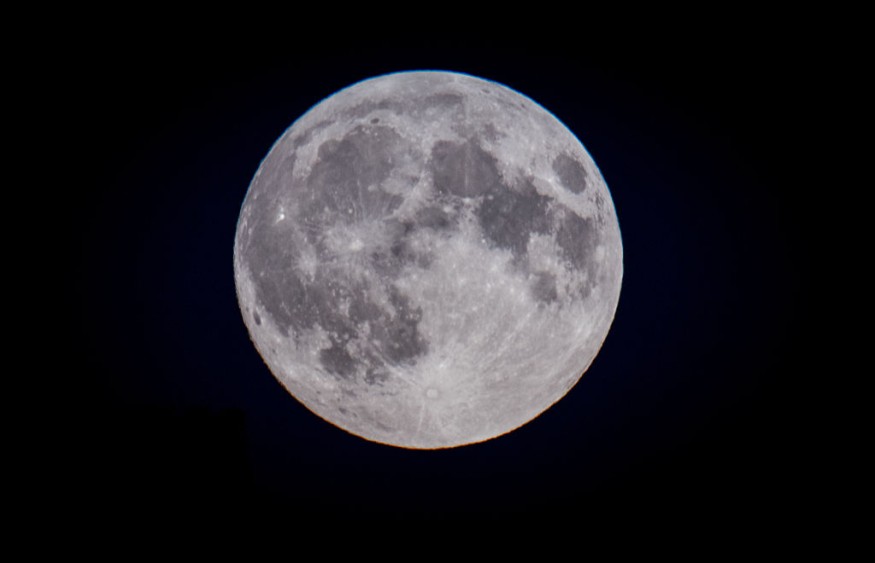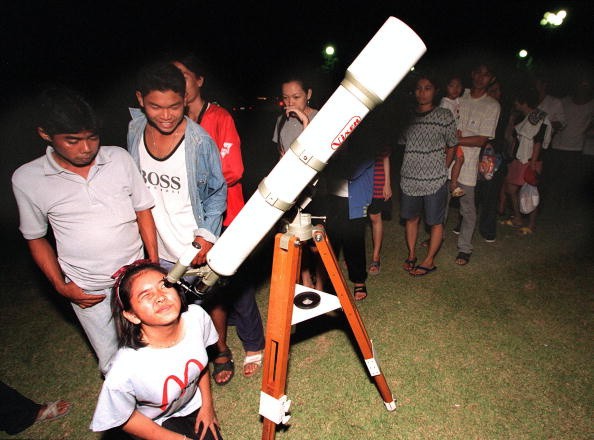Because February is such a short month, every astronomical milestone is significant. So be sure to check out the Snow Moon, even if it's freezing outdoors.
The Snow Moon, Storm Moon, Bony Moon, or Hunger Moon are various terms used to describe the terrible weather and food shortages that Native Americans have historically suffered during this month.
According to Fatherly, February's Moon is known by several distinct names in North America. The Old Farmer's Almanac began producing meteorological and astronomical forecasts for newer American settlers in the 1930s, which helped spread the word about some of its Moon monikers.
As the name suggests, the Snow Moon references February's reputation as the snowiest month in the United States. According to the Almanac, the National Weather Service data has been used to back up the precipitation forecast.
Why is it called the Snow Moon?

According to Almanac, this period was called the Snow Moon because, "More snow commonly falls during this month than any other in the winter in the 1760s, Captain Jonathan Carver wrote that the name used for this period was the Snow Moon."
People may, however, have various connotations with the February Full Moon depending on their culture and region in the world.
Full Moon
The Full Moon stays up all night in February, and because the evenings are long in February, you'll have more time to see the show because it stays up all night.
When the Moon is completely opposite the Sun and the Earth is in the middle, it is called a Full Moon. The light of the Sun shines directly on the Moon's whole surface as it circles our planet. (Earth is entirely shadowed from the Moon's perspective.)
Compared to a Half Moon, the Full Moon is six times brighter. Except for the Sun, the Full Moon has an average magnitude of -12.92, making it the brightest object in the sky. At -1.46, the brightest star in the sky, Sirius, clearly outshines a full-phase Moon. In a dark sky, most individuals can see stars as dim as magnitude 6.
Lunar Cycle

The Gregorian calendar, which is used in most of the globe, including the United States, does not coincide with the Moon's cycle. A regular Earth year (a complete near-circle about the Sun) is a little over 365 days, but a full "lunar year" with 12 Moons is 354 days.
There will be 12 Full Moons this year, yet there are rare calendar years where there are 13 Full Moons. In the year 2020, this was the case.
On March 18 at 3:17 a.m., the Worm Moon will be the next Full Moon. In the northern hemisphere, only a few days before the start of spring.
For more Astronomical News, don't forget to follow Nature World News!
© 2025 NatureWorldNews.com All rights reserved. Do not reproduce without permission.





